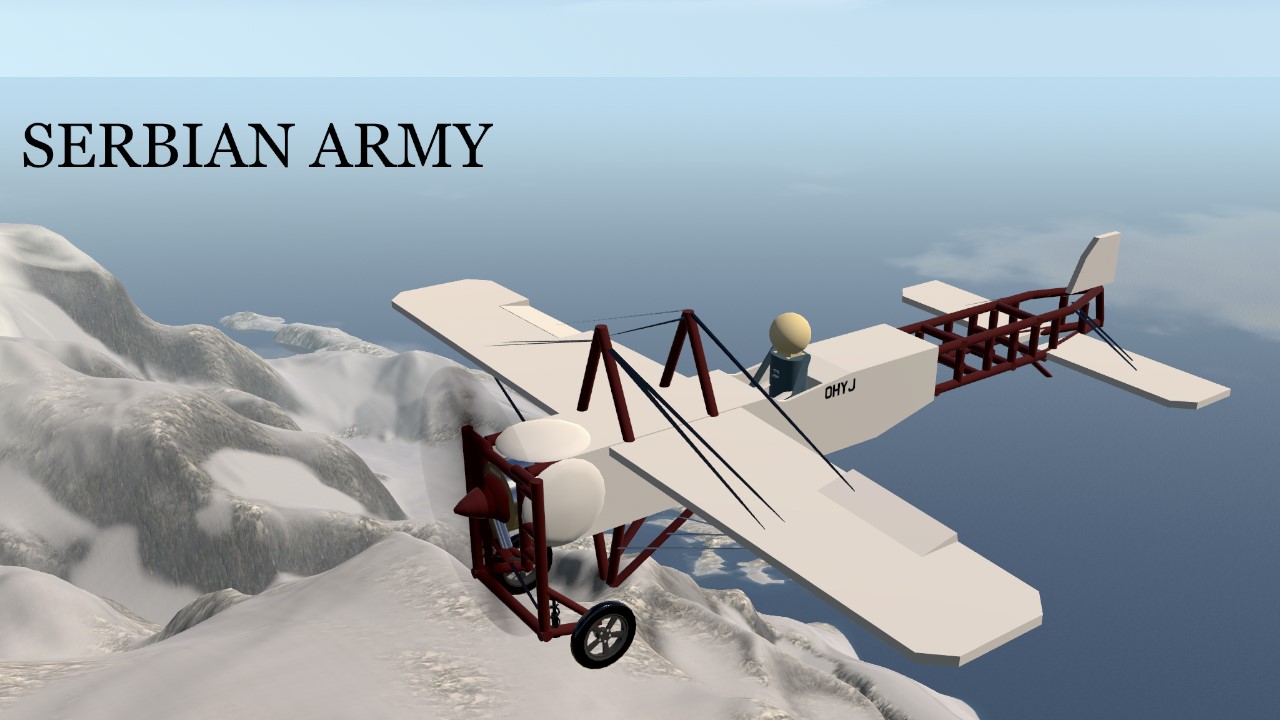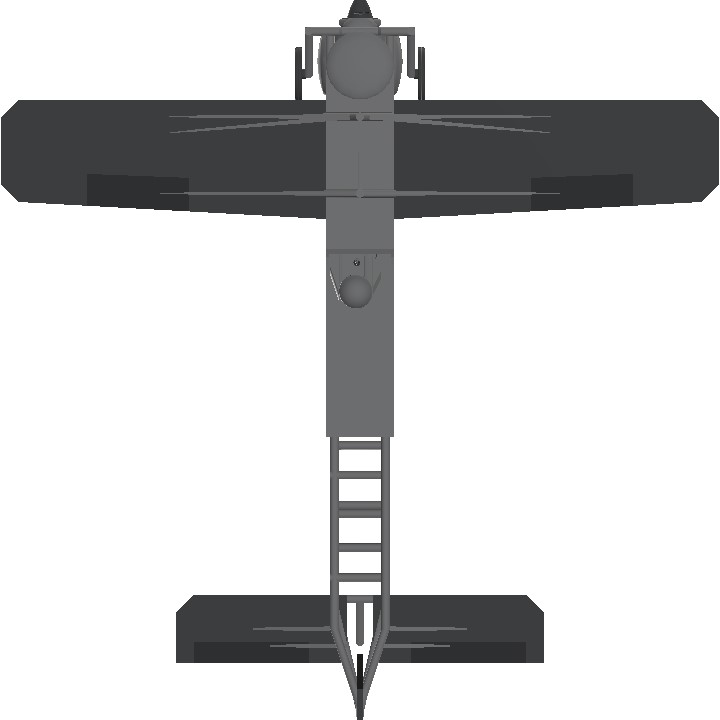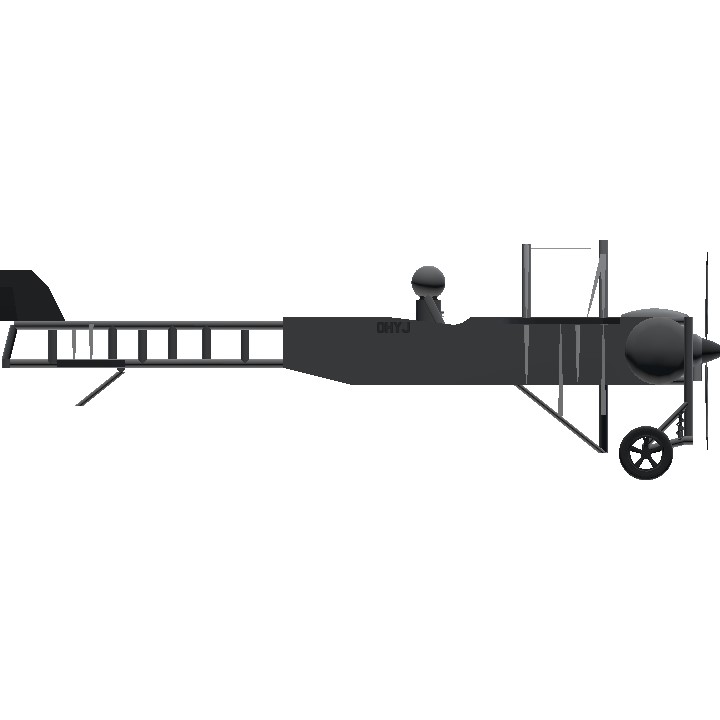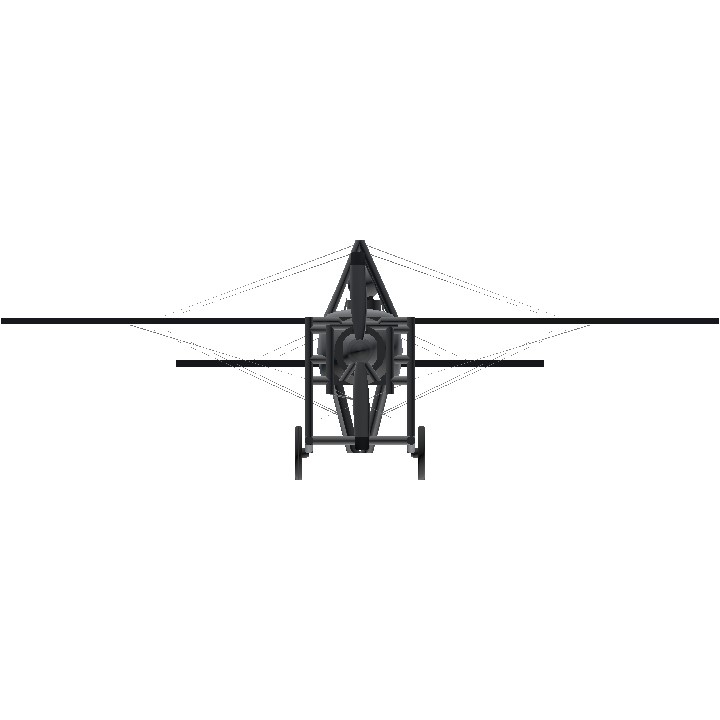HISTORY
The history of the Serbian Air Force begins in 1912, when the air force was created and first aircraft were purchased. This made Serbia one of the first 15 states in the world to have an air force. Since that time, Serbian Air Force (in its various forms) has numbered thousands of pilots, more than five thousand aircraft, four types of missile mid-range systems, a number of small-range missile systems and some 15 radar types.
KINGDOM OF SERBIA
The idea to form air forces in the Royal Serbian Army was first mentioned in the General Army Formation Act from 2 August 1893. This act envisioned that within each division of the Army be formed one air force balloon company.
The first aviation pioneer in Serbia was Major Kosta Miletic who was trained as a balloon pilot at the Technical Aeronautical School in Saint Petersburg, Russia from 1901 to 1902,[1] Miletic was also trained in the use of carrier pigeons. On the recommendation of Miletic, the Royal Serbian Army posed messenger pigeon stations (in 1908 in Medoševac near Niš and in 1909 in Pirot), and bought two free spherical and one tied kite balloon from the August Ridinger company from German city of Augsburg. At the reception ceremony, on 19 April 1909, Kosta Miletic flew a spherical balloon called "Srbija". One balloon was provided from Russia. A gas chamber was ordered from the Dillmann company in Berlin, and a field winch from Saint Petersburg. A hydrogen unit was provided from the Swiss company Oerlikon. The equipment was delivered to Serbia in 1909 and 1910.
The first competition for cadet airmen was opened in May 1911, and in the following year the first class of Serbian pilots started their flying training in France from 21 May – 8 September 1912. They finished the course in the beginning of the First Balkan War with aircraft and the balloons that had already been obtained prior to the outbreak of war. In 1912, a group of Serbian officers were sent abroad to a Pilot Training Program in France. At the same time aircraft were purchased and by the Act of the Minister of Army Radomir Putnik, on 24 September 1912 an Air Force Command was established in Niš. Serbian Aviation (Srpska Avijatika) was the fifth ever air force founded in the world in 1912. Serbian Air Force was created when the aviation as vital part of the ground units was the question of the prestige under the military commands of the world. Considering what was Serbian position at that time, a very small and poor, it was really hard to form the air force knowing. The real reason why Serbia hurried to form its own air force was the growing tension between the Kingdom of Serbia and Austria-Hungary. Also, it was the question of preparing the Balkan countries for the final driving out of Turkish forces from Europe. Serbia was not only aware of all these problems but was also forced to equip Serbian military with the aircraft and the balloons (of course with a great material renunciation). Serbia had purchased the first two balloons in 1909 from Augsburg; the same place where almost 30 years later the Royal Yugoslav Air Force had purchased the Messerschmitt Bf 109 E-3 in 1937. The time of purchasing these balloons was the time of the growing crisis about the annexation of Bosnia and Herzegovina under Austria-Hungary, which could have easily caused the war with this great military force.
THE BALKAN WARS
The First Balkan War broke out in October 1912. Serbia, Montenegro, Greece, and Bulgaria waged it against the Ottoman Empire in a final attempt to liberate the last of the territories that the Turks still occupied in Europe. The Royal Serbian Army advanced south through Kosovo into Macedonia, then turned west toward the Adriatic coast, through central Albania. At the same time, the Montenegrin army advanced into Albania from the north and laid siege to the historic fortified city of Shkodra.
In February 1913, the Royal Serbian Army High Command formed a separate Coastal (Primorski) Army Corps in order to assist the Montenegrin army on the Shkodra front. Air support for this formation was assigned to the newly established "Coastal Airplane Squad", the first Serbian air combat unit, with 3 airplanes and 4 pilots under the command of major Kosta Miletic. In March 1913, this combat air unit was relocated near the frontline at a newly built auxiliary airfield in the village of Barbalusi. The first reconnaissance flight was made on 20 March (7 March, oldstyle), by Lt. Zivojin Stankovic and Sgt. Mihailo Petrovic. In this combat-reconnaissance flight on his Farman HF. 20 over the Skadar Front on 20 March 1913, Sgt. Mihailo Petrovic was killed, thus becoming the first casualty in the history of the Serbian military aviation and the second one in world aviation history. Mihajlo Petrovic was the first trained Serbian airplane pilot. He completed his training and exams at the famous Farman pilot school in France and was awarded the international FAI license no. 979 in June 1912. His Serbian pilot's license carries the number 1. The next day, pilots Lt. Zivojin Stankovich and Sgt. Miodrag Tomich successfully completed their first reconnaissance flights, and in the following days, pilots Milos Ilic, Stankovich and Tomich dropped a number of small bombs and conducted reconnaissance flights. A fascinating fact represents that the pilot Tomich and Esad Pasha, the former Turkish commander at the Skadar frontline, would meet in a completely different situation two years later, during the First World War, when pilot Tomich needed help.
The commander was Major Kosta Miletic, and it comprised an Aircraft Squadron which counted 12 military aircraft, the Balloon Company, the Pigeon post and the Airbase. A year later, during the siege of the town of Shkodra, Serbian Air Force had their baptism of fire. The first planes used in the Serbian Air Force were the Blériot XI and Farman HF.20. On 24 December 1912 the head of the Ministry of the Army Radomir Putnik approved the formation of the Air Force Command located in Niš; this date is regarded in Serbia as marking the official founding of the air force. Serbian Aviation (Srpska avijatika) comprised the Aircraft Detachment (which counted 12 aircraft), the Balloon Company, the pigeon post and the airbase. The Serbian Air Force combat missions over Shkodra in March 1913 brought the first combat flight fatality, sergeant-pilot Mihajlo Petrovic was killed, the second pilot to be killed in air combat in history. The first recorded fatality was a Bulgarian pilot, Topradzijev, who was killed in 1912 when he was flying back from a reconnaissance mission over Edirne, during the Battle of Adrianople (1913). Mihajlo Petrovic was the first trained Serbian airplane pilot. He completed his training and exams at the famous Farman pilot school in France and was awarded the international FAI license no.979 in June 1912. His Serbian pilot's license carries the number 1. This made Serbia, one of the first 15 states in the world to have an air force.
After Bulgaria attacked at Bregalnica in Serbia, the Second Balkan War began. The first reconnaissance mission had been performed by Miodrag Tomic, and after that Tomic and Stankovic took turns and during a period of a month and a half, as the war with Bulgarians lasted, the two airmen performed 21 reconnaissance missions, of which Tomic did 14 flights. During one flight above Kriva Palanka, Tomic encountered a Bulgarian plane in the air, but neither one had weapons and they just greeted one another by hand waving.
The first six military pilots were trained in France. They finished the course in the beginning of the First Balkan war. On 24 December 1912, the head of the military Minister Radomir Putnik signed the papers about forming the Air Force Command situated in Niš which included: the Aircraft Squad (which counted 11 military aircraft), the Balloon Squad, the Pigeon post and the Base. This date is the date of formation of the Serbian Air Force. Its first combat experience, Serbian Air Force had experienced in March 1913 over Shkodra which was in the Central Force hands. On the first combat flight, sergeant-pilot Mihajlo Petrovic was killed as the second victim of World Military Aviation. The first victim of military aviation was a Bulgarian pilot Topradzijev who was killed in 1912 when he was flying back from the reconnaissance mission over Edirne, Turkey.
HOW TO FLY
AG1=engine
Specifications
Spotlights
- This craft is curated
General Characteristics
- Predecessor Bleriot XI 5.0 VR
- Created On Mac
- Wingspan 34.2ft (10.4m)
- Length 34.6ft (10.5m)
- Height 11.5ft (3.5m)
- Empty Weight 3,453lbs (1,566kg)
- Loaded Weight 5,091lbs (2,309kg)
Performance
- Horse Power/Weight Ratio 0.095
- Wing Loading 22.8lbs/ft2 (111.1kg/m2)
- Wing Area 223.7ft2 (20.8m2)
- Drag Points 5680
Parts
- Number of Parts 150
- Control Surfaces 5
- Performance Cost 490




